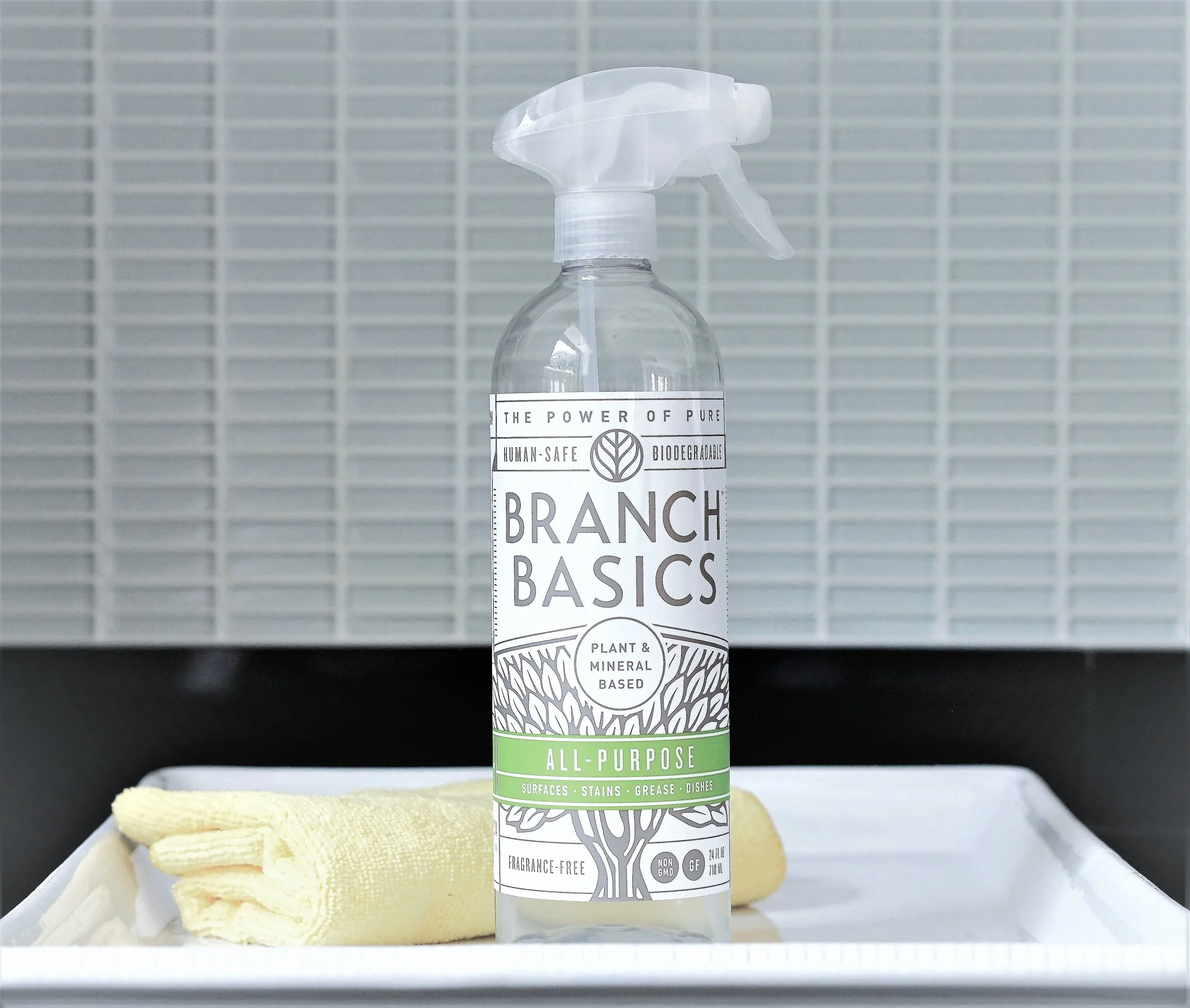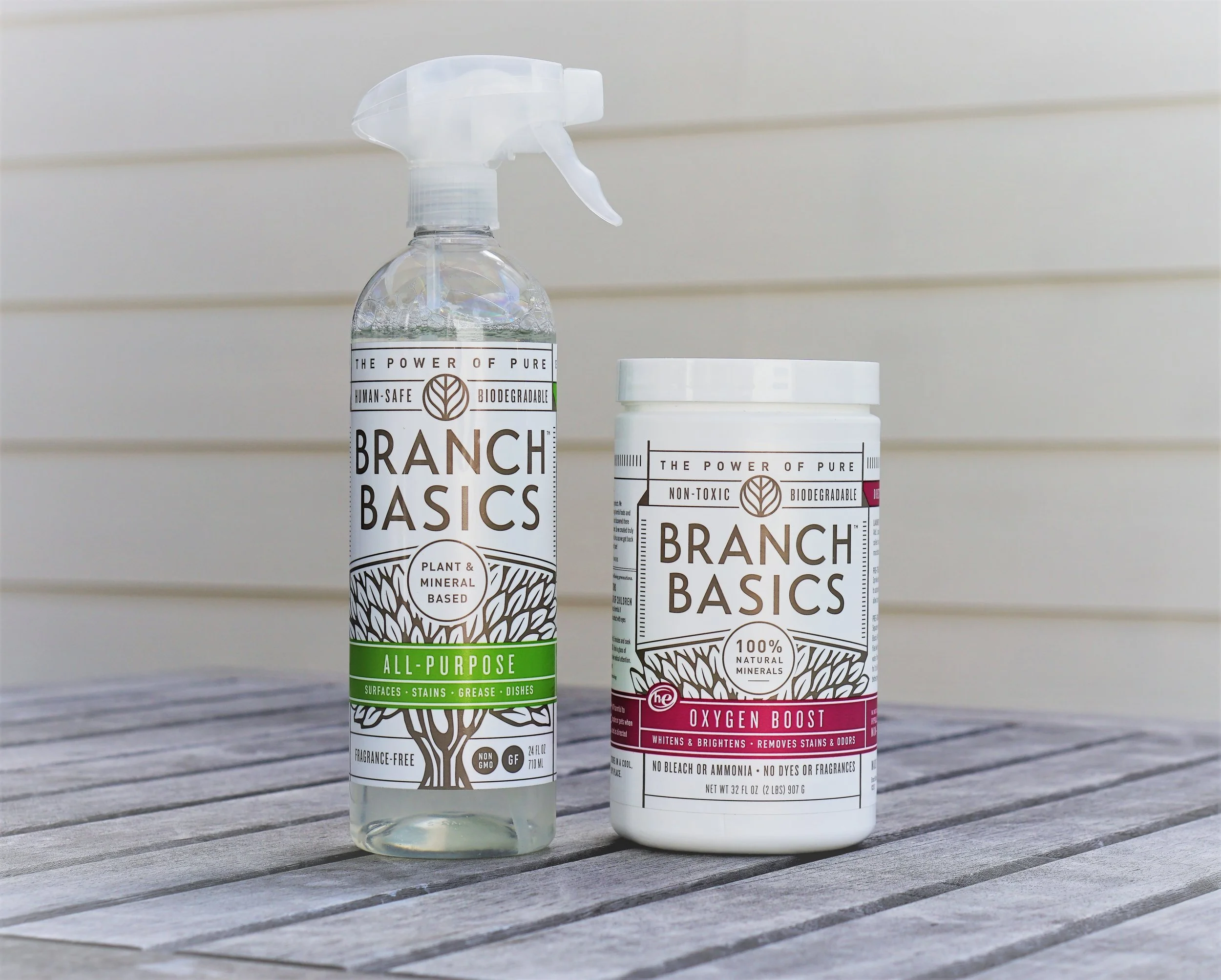Switching to food storage made of reusable, long lasting materials is not only better for health but better for our planet. Reusable items may be more expensive than disposable options, but will save you money in the long run. Studies show plastic food storage can expose us to endocrine-disrupting bisphenol A (“BPA”). BPA leaches into the food and drink it packages and enters the bloodstream.
Welcome.
I recommend natural beauty, baby, and cleaning products that are just as effective as toxic ones.
















